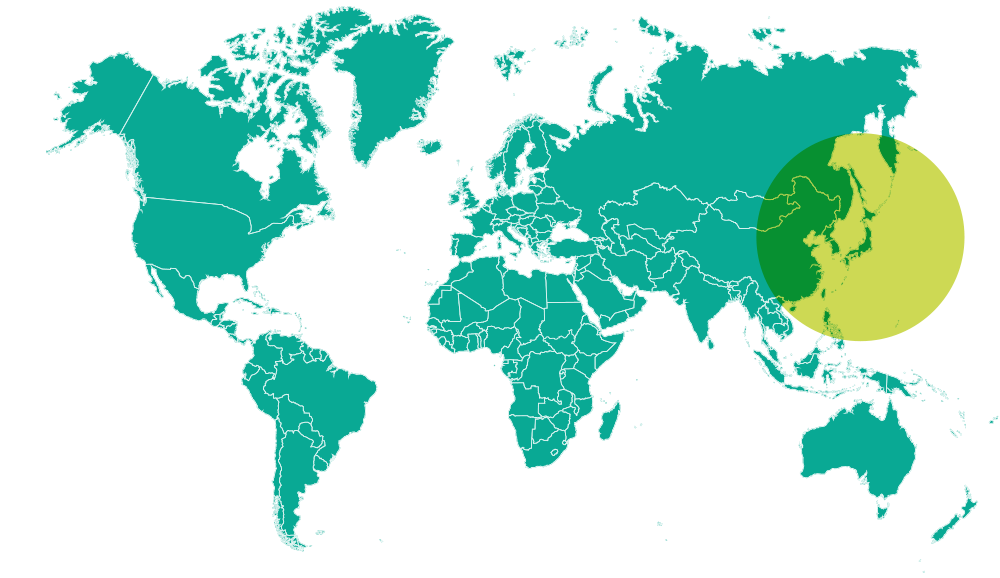Wasabi is a member of the brassica family, grown primarily for it’s enlarged underground stem, sometimes referred to as a rhyzome. Demand for Wasabi now outstrips supply, many “wasabi” products include faux wasabi paste made from horseradish.
The first written record of wasabi is believed to be from the first Japanese medical encyclopaedia 918AD – stating that the crop had been grown in Japan for at least a thousand years. Two cultivation methods are used for growing commercial wasabi, soil grown wasabi (Oka) and water grown wasabi (Sawa). Using real Wasabi ensures compliance and brings simplicity and authenticity to on pack labelling. Wasabi contains high-concentration of glucosinolates which are converted to isothiocyanates (ITCs) when damaged. This is Wasabi’s natural defence system in action – and where its antioxident power comes from. Wasabi petioles and leaves can also be consumed and possess similar gustative qualities to the wasabi rhizome







